Heller
[ page 5 ]


Alouette III models in 1/72 scale
... continued from page 4....
The Alouette III project needed also many air force markings that are not available from the after market. First than, look for and use markings' decals from the spare decals box!
page 2
page 3
page 4
page 5
page 6
page 7
When nothing is found, the missing markings can be home made....
(a) The various air force roundels can be easily found on the internet, downloaded and scaled to 1/72 scale in any photo editing program, set at 600 DPI resolution. Check with a ruler the needed size on the actual scale model, double check! Re-size in the program as required. When done, print some test prints on plain paper.
I used my own EPSON XP-530 high resolution inkjet printer at 600 DPI resolution. [SEE NOTE UPDATE BELOW]
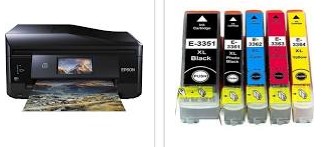
So decal paper needed is paper "for inkjet". (Note: of you have a laserprinter, they also have special paper for laserprinter).
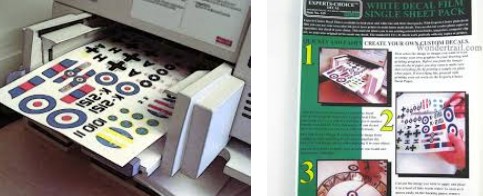
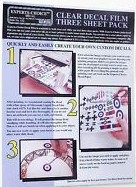
(b) When sizes seem OK, print than on special decal sheets. Use white and/or clear decals sheet of BARE METAL decal paper, depending on the type of marking.
Black serials / letters and numbers can be found often in the spare decal box. Otherwise, these were printed on clear sheet.
Many emblems with white undercoats can be printed on white sheet. ("White" can not be printed in a cartridge except with an ALPs printer).
I tried to put a colour surrounding the emblem as seen on the helicopter, this will make cutting out and retaining the decal easier.
Here the large sheets are seen as prepared for various subjects.....
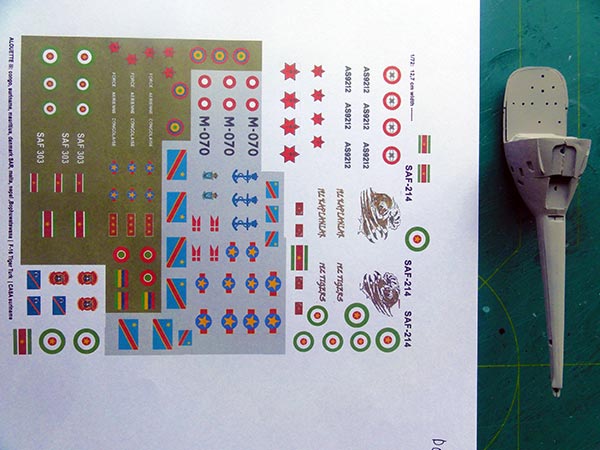
(c) The prints on the decal papers need sealing before they can be applied as usual decals. After printing first let the ink dry for 24 hours. Then during some 4 hours TEN COATS of varnish were airbrushed with 20 minutes between each layer. You may also use thicker films such as MicroScale decalcoat for some smaller ones but this was a large printed sheet.
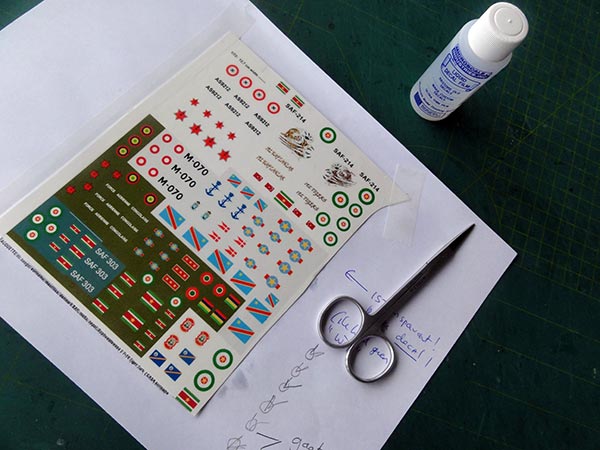
In this case my preferred Johnson Future / Pledge was airbrushed in thin layers. Thin coats are really needed and the results are fine.
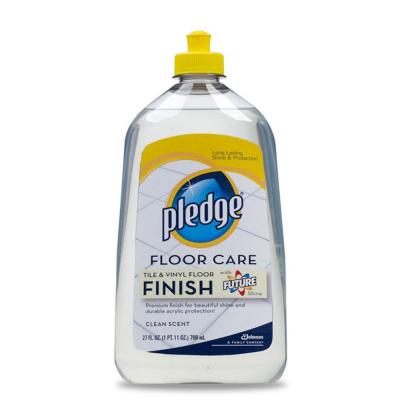

(D) As the decal paper is one overall sheet, you need to cut out EACH decal separately. It takes work but can be done with a fine nail cutting scissor.
UPDATE NOTE: a few years later I used decal laser printing. And designed some 7 Alouette III decals sheets for over 40 countries. Interested in a decal set? Look at my decal pages here....
The first home made decals were used for a HAL Chetak (India licensed built Alouette III) model made in the markings of Suriname.
The Heller 1/72 model was made rather straight out of the box of the SA316 with Artouste engine. But a cabin door was set open after careful surgery with a fine TIGER razor saw. Detailing was done on steps, rotor and others as described on page 2.

The overall colour was a guess and based on photos, a mix was airbrushed of 90% Revell 57 "grau" and 10% Revell 52 "blau" Aqua acrylic paints. The big cabin windows were brush painted with Tamiya X-25 Clear Green paint.
The decals for the roundels were home made as described on top of this page. The white SAF codes were obtained from an Xtradecal sheet X72129:
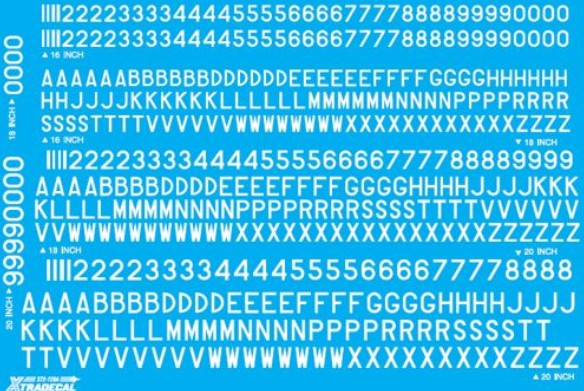
The smaller yellow texts on the sliding doors were suggested with yellow paint applied with a tooth pick.

SURINAME
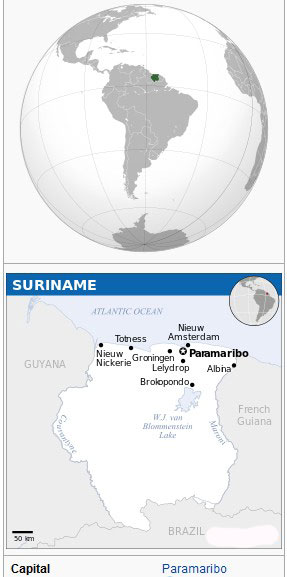

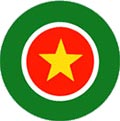
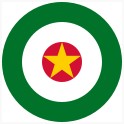
[ area: 163,800 km2 | population: 575,000 | capital: Paramaribo | GDP 6,500 US per capita nominal ]
Suriname is located in the north of South America and is bordered to the east by French Guiana, to the south by Brazil, and to the west by (former British) Guiana. Of the land 90% is covered by tropical rainforest with mountain ranges and crossed by numerous rivers. In the coastal area there are agricultural lands. The population is currently about only 560,000 inhabitants, a large part of whom live in or near the capital Paramaribo. This makes Suriname one of the most sparsely populated countries in the world. It was for centuries a Dutch Colony but became independent in 1975. The official language is still Dutch, while the language Sranan (tongo) is also important.
Originally, the area was inhabited by local Indian tribes in the jungles of the Guianas. After the discovery of the Americas in 1492, Spanish, British, French and Dutch settlers and privateers became active in the area. Around 1630, the English attempted to establish a slave colony on the South American coasts known as the Guianas. The Dutch opposed this and on February 27, 1667, the British fort near what is now Paramaribo (the capital of Suriname) was captured. The British, in turn, captured the Dutch settlement of "New Amsterdam" on the Hudson (what is now known as New York in the eastern United States of America). July 1667 the Treaty of Breda was concluded which was more or less a peace agreement and it was decided that "everything would be as it is now". That meant that the British kept "New York" and the Netherlands kept "Dutch Guyana". The Dutch West Indies Company (WIC) controlled these areas and also had some trading posts and forts in West Africa and set up slave plantations in Suriname. Thousands of slaves were brought in from Africa, an embarrassing period in history. Slavery was not formally abolished in Suriname until 1863. In the meantime, the immigration of workers mainly from the Dutch East Indies, to Suriname began.
Suriname was an important supplier of bauxite to the United States for the manufacture of aluminum for American aircraft factories, so in late 1941 the Americans offered to take care of the defense of the Surinamese bauxite mines as part of the war effort. The Second World War dictated this and it could hardly be refused by the Dutch Government in exile in London. During World War II, German U-boats were often active on the shipping lanes to attack Allied ships. Suriname (like the Netherlands Antilles in the Caribbean who had large oil refineries and very important fuel suppliers to Allies) remained a free Dutch colony that was never occupied and came under the Dutch Government in London.
The decolonization process after the Second World War meant that The Netherlands, Suriname and the Netherlands Antilles would be equal countries. In the 1970s, Nationalists wanted Suriname to become independent. On November 25, 1975, it became fully independent after negotiations with the Netherlands. After independence in 1975, a modest National Army was continued by Suriname with Dutch support.
Suriname has several airports such as Pengel international airport (previously called Zanderij) about 40 kilometers south of Paramaribo, airfields at Albina, Moengo, Nieuw Nickerie and "Zorg en Hoop" within Paramaribo. Also, there are dozens of small grass strips near jungle villages. With a country with almost no roads in the jungle, these are crucial.
A group of soldiers led by Desi Bouterse was very dissatisfied with the situation in Suriname and staged a coup d'état in February 1980. They took control but it remained unsettled. On December 8, 1982, 15 political opponents were killed by the military in Fort Zeelandia. Several presidents followed: Bouterse and Venetiaan who exercised the highest civil authority three times for a total of fifteen years, starting in 1991.
The armed forces then consisted of ground troops, but in 1982 the first attempt was made to set-up an air force. A Hughes 500 helicopter (registration SAF-100) was purchased, but it already crashed on March 31, 1982. A few months later a BN-2 Islander (probably confiscated after a drug transport) was confisquated and three more BN-2B Defender aircraft were obtained (registrations SAF-001 to 004). These, however, hardly flew due to technical defects. However, a number of Cessna's were still used for the air force. In 1986 2 ex-Portuguese Alouette III SA316B helicopters (registrations SAF-400 and SAF-500) were purchased (and 3 Pilatus PC-7 ordered but probably only 1 was used briefly). In 1987, an ex-Venezuelan armed Bell 205 helicopter was purchased. After a crash it was repaired, but then sold.
Meanwhile, the drug mafia had penetrated the country for cocaine smuggling from neighboring countries to Europe. A kind of civil government was established in 1991, but still with a great influence from Bouterse.
The modest air force always suffered from lack of money and poor training. In 1999, a CASA C-212 Aviocar maritime patrol aircraft (SAF-214) was purchased as well as a CASA C-212 transport aircraft (SAF-212). In 2009 there were plans to purchase Indian Druv helicopters, but it never came to that. The CASAs were almost never flown, in fact they were grounded for almost 10 years and were finally sold in 2012. The other air force aircraft such as the BN-2 Defenders were in fact grounded and the Surinamese Air Force was paralyzed.
At the end of 2014, it was decided to purchase three Indian Hindustan Aeronautics (HAL) Chetaks (license-built Alouette III) helicopters for about 15 million dollars. They were delivered in January 2015 and assigned to "no.2 squadron". (The registrations were SAF-H001, -H002 and -H003 but later became SAF-153, -303 and -811). The air force is in fact stationed on the "Zorg en Hoop" field, which is located in the middle of Paramaribo. It is probably that after HAL technicians did repairs 2 Chetaks are flown with the third being cannabilised for parts.
After losing in the elections in 2020, Bouterse was replaced as president by Santokhi, who is trying to improve relations with the Netherlands. But the econony is in a terrible condition with large inflation.
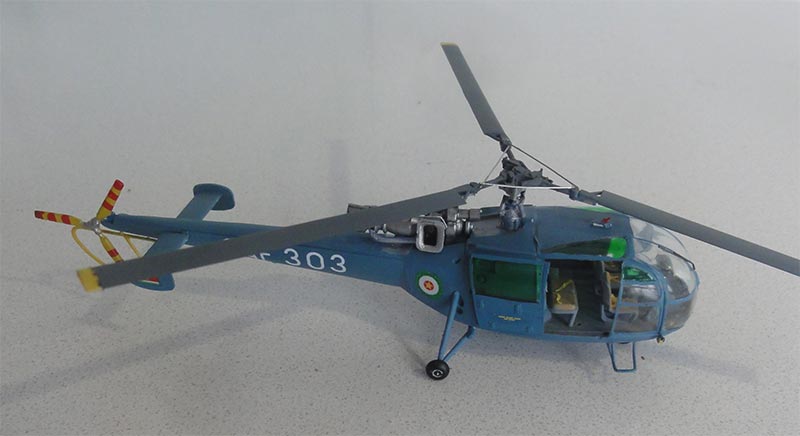
NOTE: the registration of these same helicopters were changed a few times
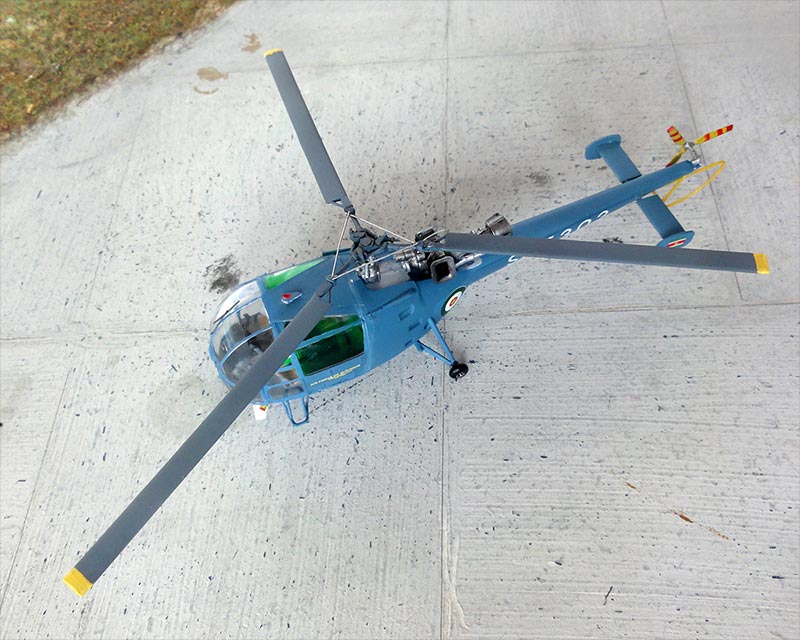
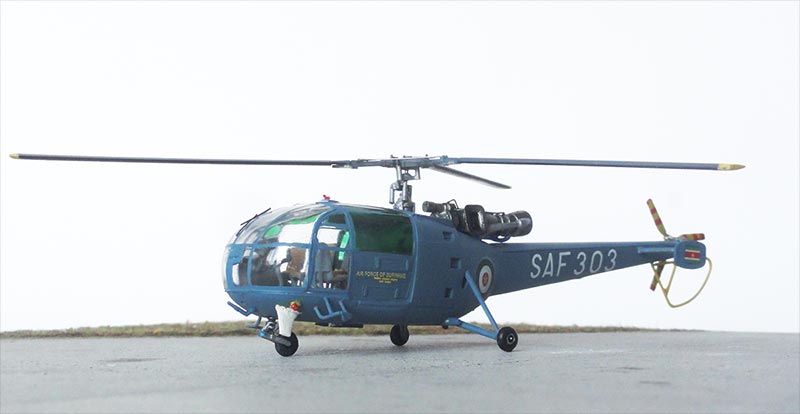
Chetak, code SAF-303, Surinaamse Luchtmacht
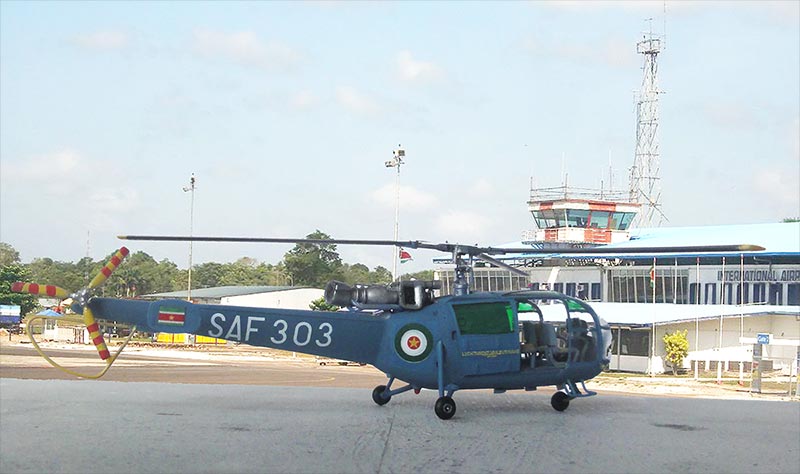
"situated at Pengel airport, formerly known as Zanderij"
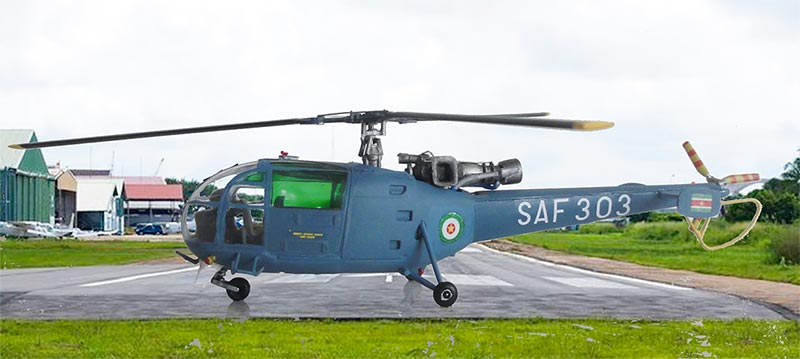
"situated at Zorg en Hoop" airfield within Paramaribo
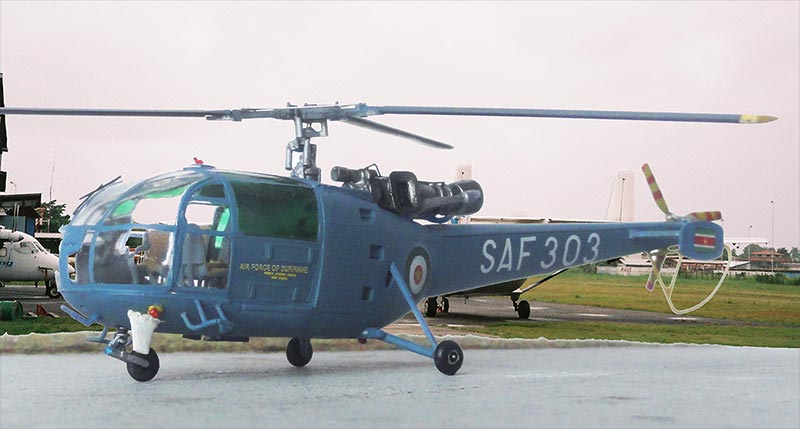
(Google Earth view)
... below Zorg en Hoop with Paramaribo
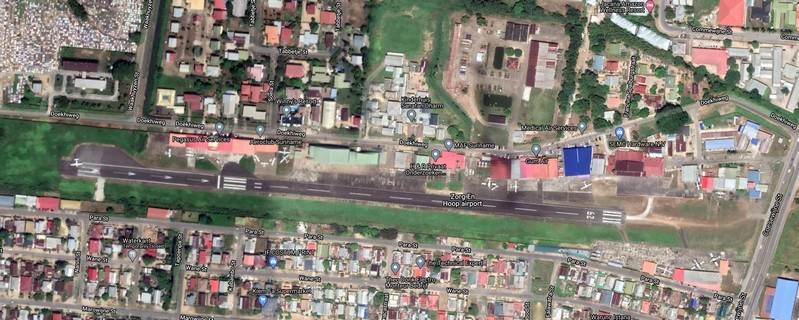

UPDATE NOTE: a few years later I used decal laser printing. Interested in a decal set? Look at my decal pages here....
The next Alouette III model was made in the markings of the Seychelles, an island group West of Africa. The kit was made rather straight out of the box but the left side cabin separated and set open. Many of details of the model were made as described on page 2.
The overall colour picked was Revell 65 Aqua "bronsgrun" acrylic.
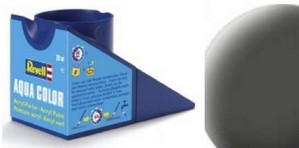
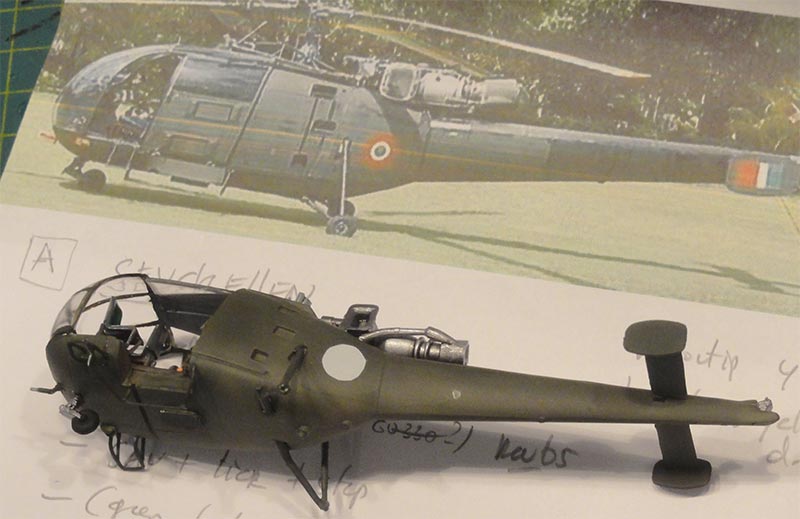
The decals were again home made. The old style roundel was used.
The black tail codes were obtained from an Xtradecal sheet X72157.
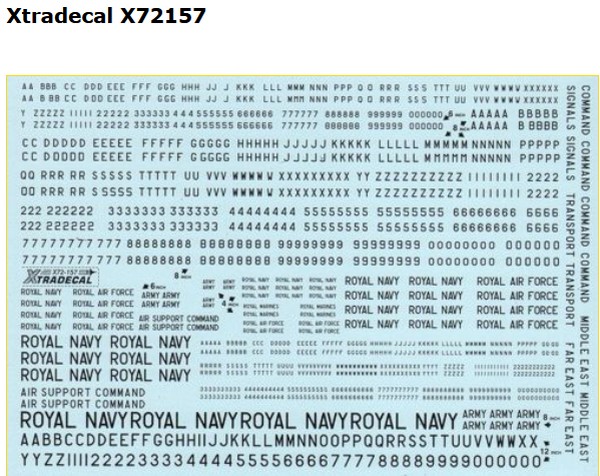
The rotor blades were airbrushed medium grey and after masking got aluminium metal leading edges but no coloured blade tips.


SEYCHELLES


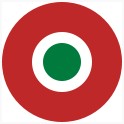

[ over 100 islands' total area just 459 km2 | population: 98,000 | capital: Victoria | GDP USD 16,000 nominal per capita ]
The Seychelles is a Republic north of Madagascar and nearby Mauritius that consists of over 100 islands and atols in an area of about 800x800 km. The Aldabra archipello is one of these and became famous in the Jacques Cousteau TV nature series with the big sea turtles.
The Seychelles islands became independent from the British empire in June 1976 and the main languages are both English and French "Creole". Several armed coup d'états occurred over the following years. As of today, there is a national assembly and agriculture and tourism provides good income for the population. There are no natural resources but the Seychelles lie on strategic Indian Ocean sea lane routes between Asia and China towards Africa. The Seychelles Coast Guard has a number of ships that are obviously important for an island nation and piracy from outside is a security problem.
A small defense force operates a few aircraft (that are often civilian registered). In the past a Cessna, Beech and Islander were flown. Military technical support is provided by India.
Helicopters included some 5 HAL built SA316 Alouette III Chetak helicopters operated over the years and the first arrived apparantly in the 1980s. A De Havilland Twin Otter was also flown and it seems China donated a few Harbin Y-12 transports though these are probably now stored. An armed Dornier Do-228 was loaned from India and operated from 2011 and is now replaced by 3 Do-228-201 utility and patrol aircraft (HAL license built?) that fly currently.
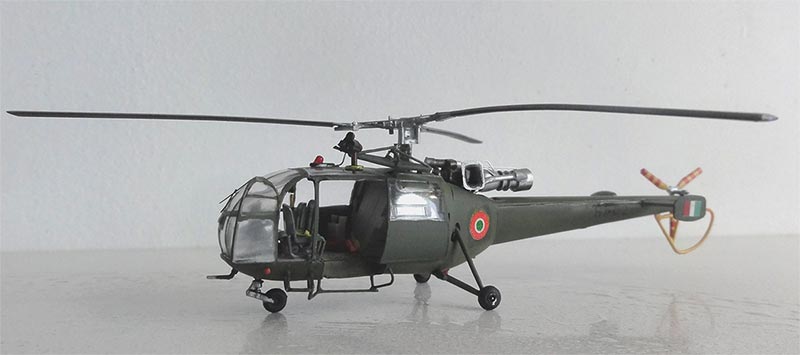
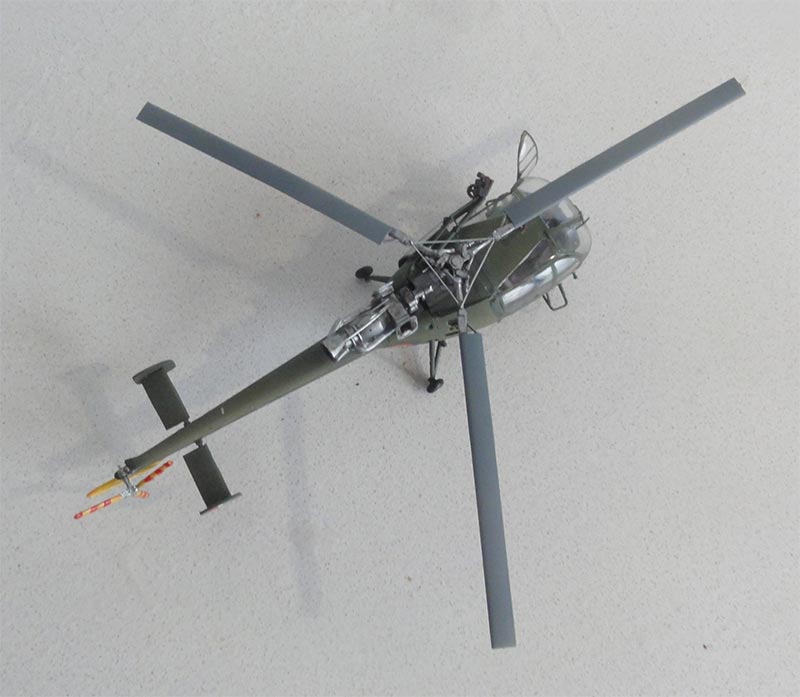
HAL SA316, coded H1-02
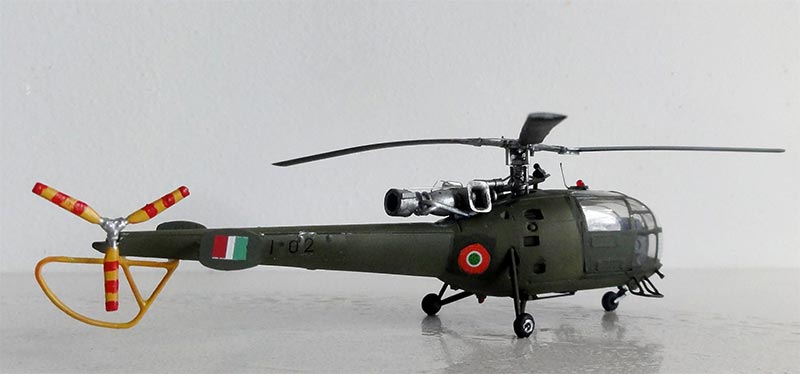

UPDATE NOTE: a few years later I used decal laser printing. Interested in a decal set? Look at my decal pages here....
The next Alouette III SA316B model was made in the markings of "Bophuthatswana" within South Africa. The markings were home made. The kit was further made rather straight out of the box. Many of details of the model were made as described on page 2 including extra tropical air filters. Overall airbrushed colour was Revell 65 Aqua "brons grun" acrylic. A pair of particle/ sand filters were made from scrap and added on the Artouste engine air intakes.

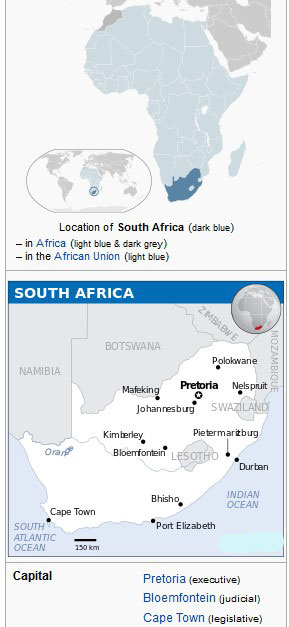
Bophuthatswana (former "thuisland")
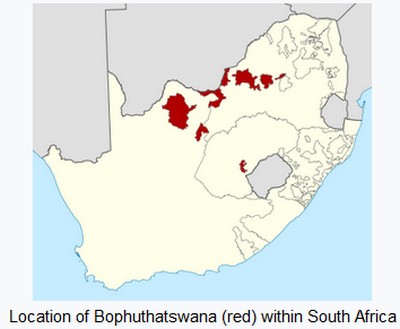


[ total area in many enclaves: 44,000 km2 "| 1,3 million inhabitants ]
Within South Africa during the "apartheid" there were several "thuislanden" (homelands) for etnic groups. Bophuthatswana was one of those and had several scathered enclaves in the central-north of the South Africa / Zuid-Afrika republic. Bophuthatswana was "declared independent" in 1977 during the "apartheid" but it was not internationally recognized. A number of armed coup d'etats occurred in the first years. When large political changes led to the end of "apartheid" in South Africa in April 1994, Bophuthatswana ceased to exist and became a part of "new" South Africa. So the "country" was a separate entity for just 17 years.
A security force included a "Bophuthatswana Air Force" from 1987 flying a few armed aircraft. In 1982 came 2 Partenavia P68 small utility aircraft and in the mid 1980s a few CASA C-212 Aviocar transports. A few helicopters were operated as well including an Aerospatiale AS355, later a SA365 Dauphin and 2 Alouette III. April 1994 the remaining aircraft were transferred to the South African Air Force.
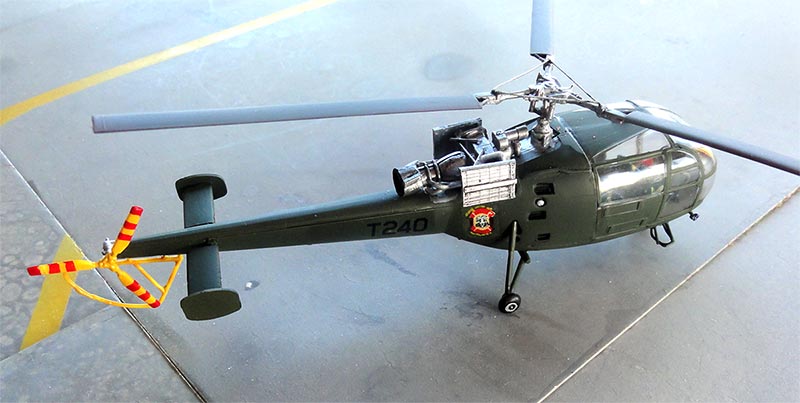
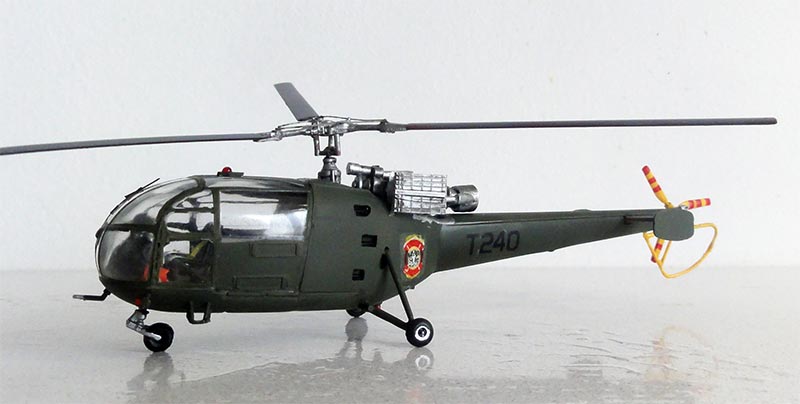
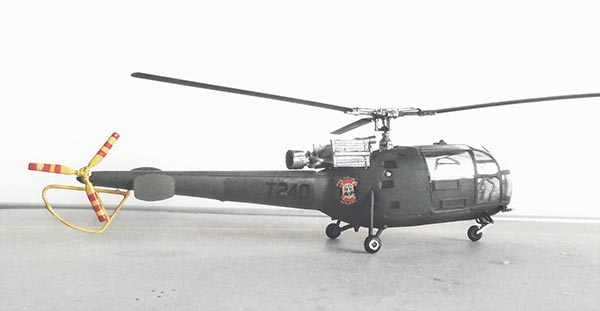
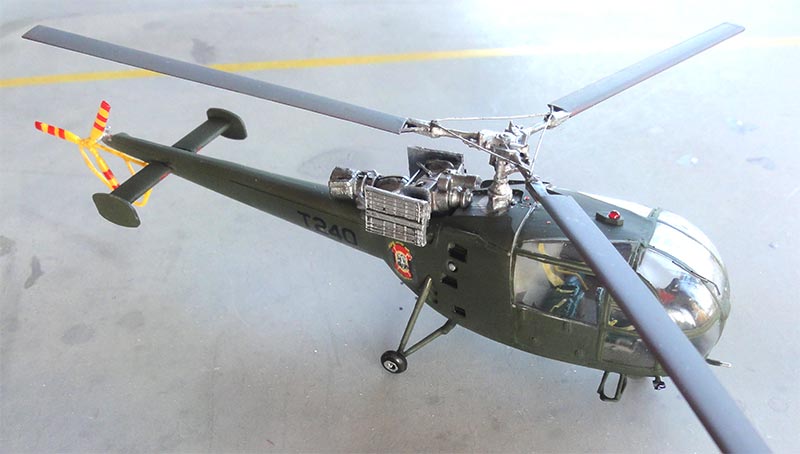

UPDATE NOTE: a few years later I used decal laser printing. Interested in a decal set of this scheme and others? Look at my decal pages here....
On to next [ page 6... ]
Back to Models page....

(c) Copyright Meindert "designer"/ All rights reserved. Your comments are welcomed by webmaster
Created this page March 26, 2021